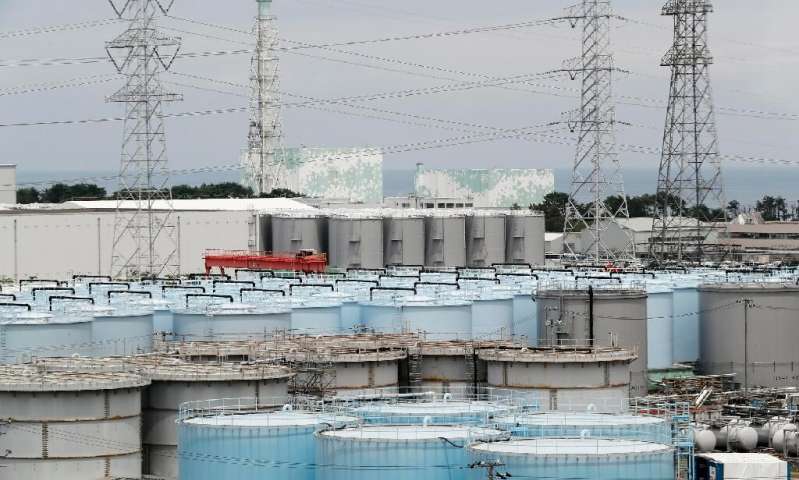
Japan Wants To Dump 1 Million Tons Of Radioactive Water From Fukushima Nuclear Disaster Into The Sea
Japan’s Agency for Natural Resources and Energy wants to release 1 million tons of radioactive water from the Fukushima Nuclear Disaster into the sea as their storage space has run out.
The Fukushima Nuclear Plant suffered a meltdown 9 years ago after Japan was hit by a massive earthquake, which led to a tsunami.
Nearly 1 million tons of contaminated water has built up since the tsunami and the tanks that are holding the water are almost full now.
On Monday, the Agency for Natural Resources and Energy of Japan proposed 3 new ways to deal with the water.
The agency proposed releasing the water into the sea, release it into the air using vaporization, or a combination of the 2 things.
The agency said there is no option of storing the water for a long period of time.
A pumping and filtration system is already installed at the plant, but it brings a lot of newly contaminated water into the tanks.

The 2 systems filter out almost all radioactive elements but leaves tritium, which is very harmful to humans if it comes in large doses.
No decision was taken at the meeting that was held, but also, no members voiced opposition to the plan.
The panel is discussing how to dispose of the liquid for years and no deadline has been set for it to report to the government.
The radioactive water comes from a number of sources, which includes water that is used to cool the plant’s groundwater, which is responsible for seeping into the plant’s daily and rainwater.
Properly filtered Fukushima water can be diluted with seawater and safely released into the ocean without causing environmental problems.

Discharging it into the environment will affect a number of things, which includes the daily livelihood of farmers and fishermen.
It will also affect neighboring countries.
The treated water is currently being kept in 1000 huge septic tanks that are located at the Fukushima Daiichi site.
The plant operator TEPCO is building more tanks for the water, but those will be full when 2022 comes.
Naoya Sekiya, a University of Tokyo sociologist and an expert on disasters and social impact, said releasing water into the sea is a technological realistic option.
But said the impact of the tritium will also bring a huge impact.